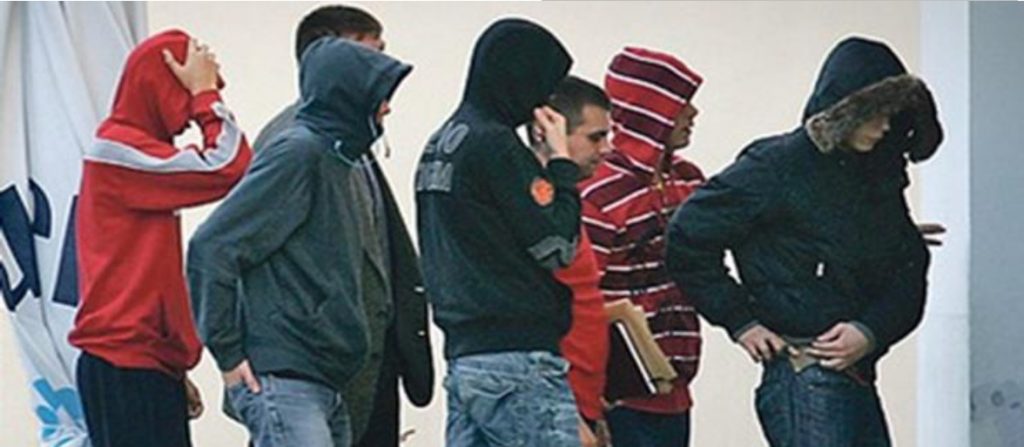The International Self-Report Delinquency Study (ISRD3) was the third edition of the international data collection. It started in 2013 and it ended in 2019, with about 50 partners across the globe. The expansion of the survey to countries that belong to Central and Eastern Europe started in ISRD2 and was pushed even further in this edition. In Croatia, it has been conducted for the first time during 2013 by the Max Planck Partner Group for ‘Balkan Criminology’.
Data collection was carried out in the spring of 2013 and in the winter of 2014 and it used a city-based sampling strategy. The survey was conducted in the city of Zagreb, as the capital, and in the city of Varaždin, as a medium size city (overall sample: 1744). Field work was conducted with the great help of student volunteers and the MPPG members, in school setting among 12-16 years old students.
The actual questionnaire was divided in a set of different modules. The required modules were questions related to background information, in particular family, school, victimisation, leisure, attitude, offending, substance use and prior experiences with police and criminal justice. The flexible part included questions related to gang-related questions, etc. There were two versions of the ISRD3 questionnaire: pencil-and-paper, as used in Croatia for instance, and a computerised version as used in Bosnia and Herzegovina. Both versions are identical in the design, the only difference was the way in which the questionnaires have been filled in.

The ISRD3 project had two main aims. First, to note and to compare differences, similarities and tendencies in delinquent behaviour and victimisation between countries. Second, to examine and verify theoretical questions related to juvenile delinquency and victimisation while maintaining relevance for needs of policy making. This was one of the reasons why Croatia participated in ISRD3; one of the additional reasons was the lack of research on juvenile delinquency in the country. The further goal for the Croatia research team was to further broaden the knowledge in the field of juvenile delinquency by providing a cross-national comparison in the Balkan region. In order to reach a better understanding and advance the knowledge about the causation of juvenile delinquency, this regional approach was based in the comparison of countries which show more similarities than differences which can be explained by their similar cultural and historical background. ISRD3 focused on the empirical integration of Situational Action Theory, Institutional Anomie Theory and Procedural Justice Theory. Further areas of interest were theories of social control, criminal opportunity and social disorganisation.
According to a UNODC report from 2008 the Balkan region seems to be the safest region of Europe, which can also be concluded from the first results of the analysis, but much more data analyses need to be done.
